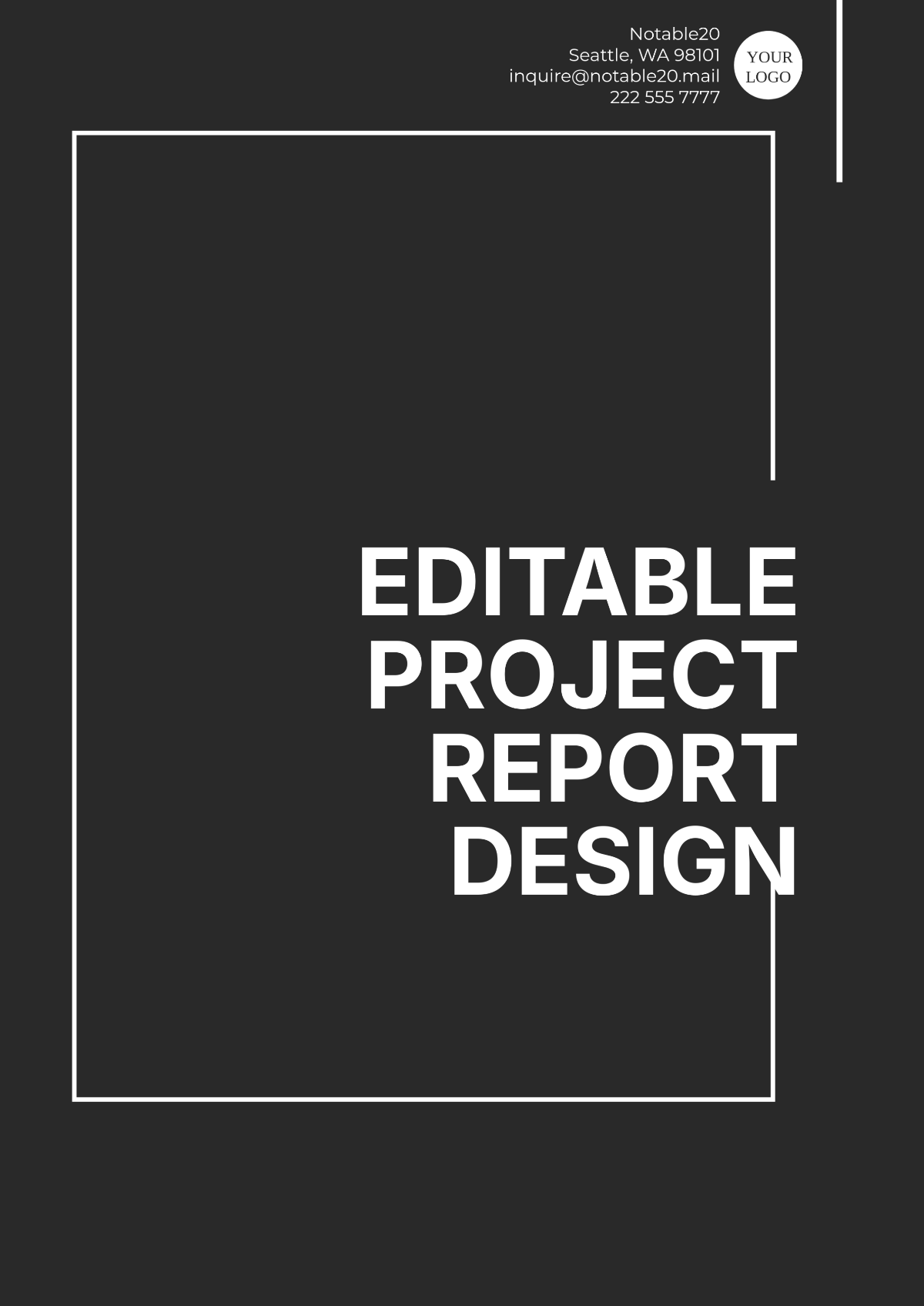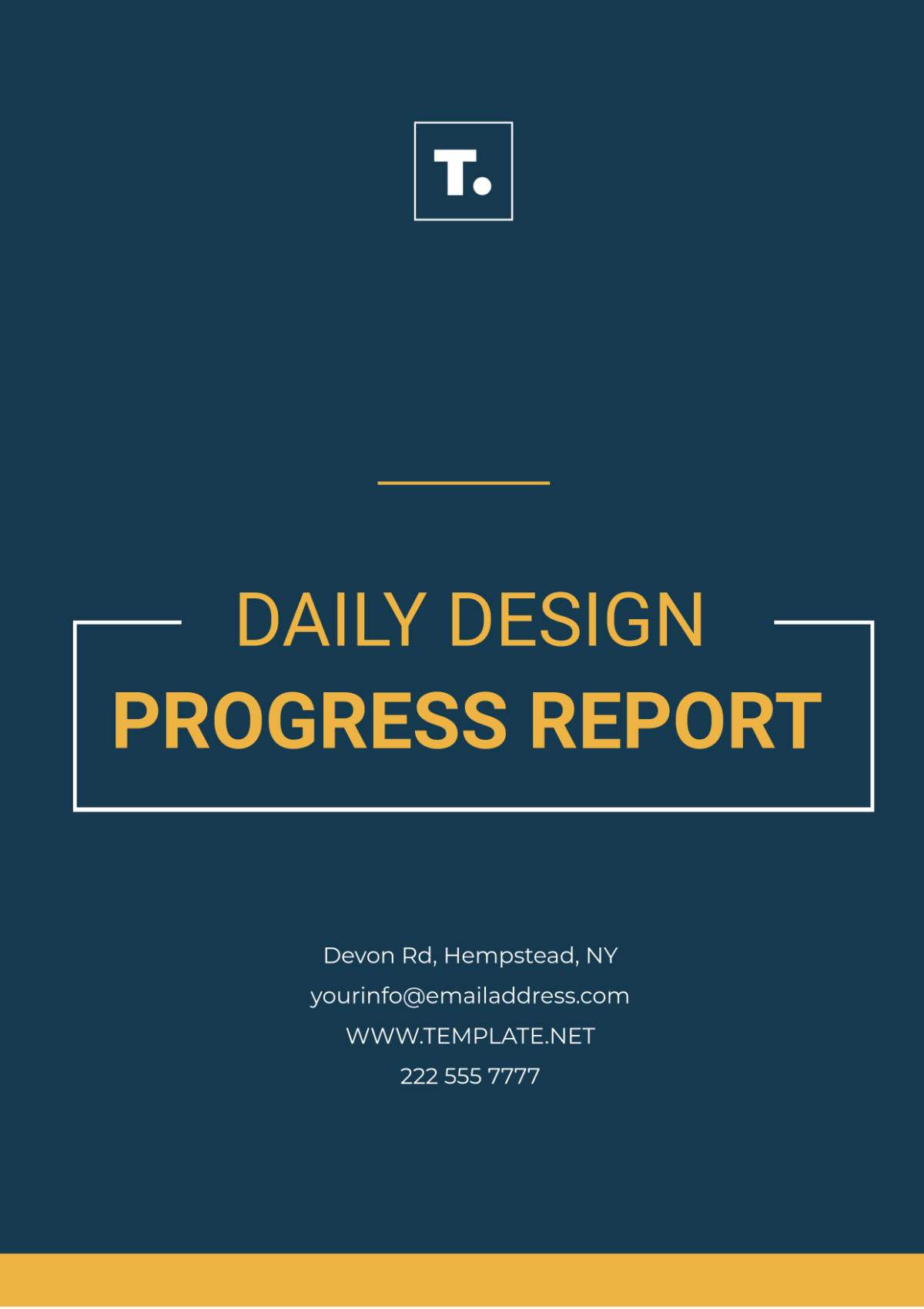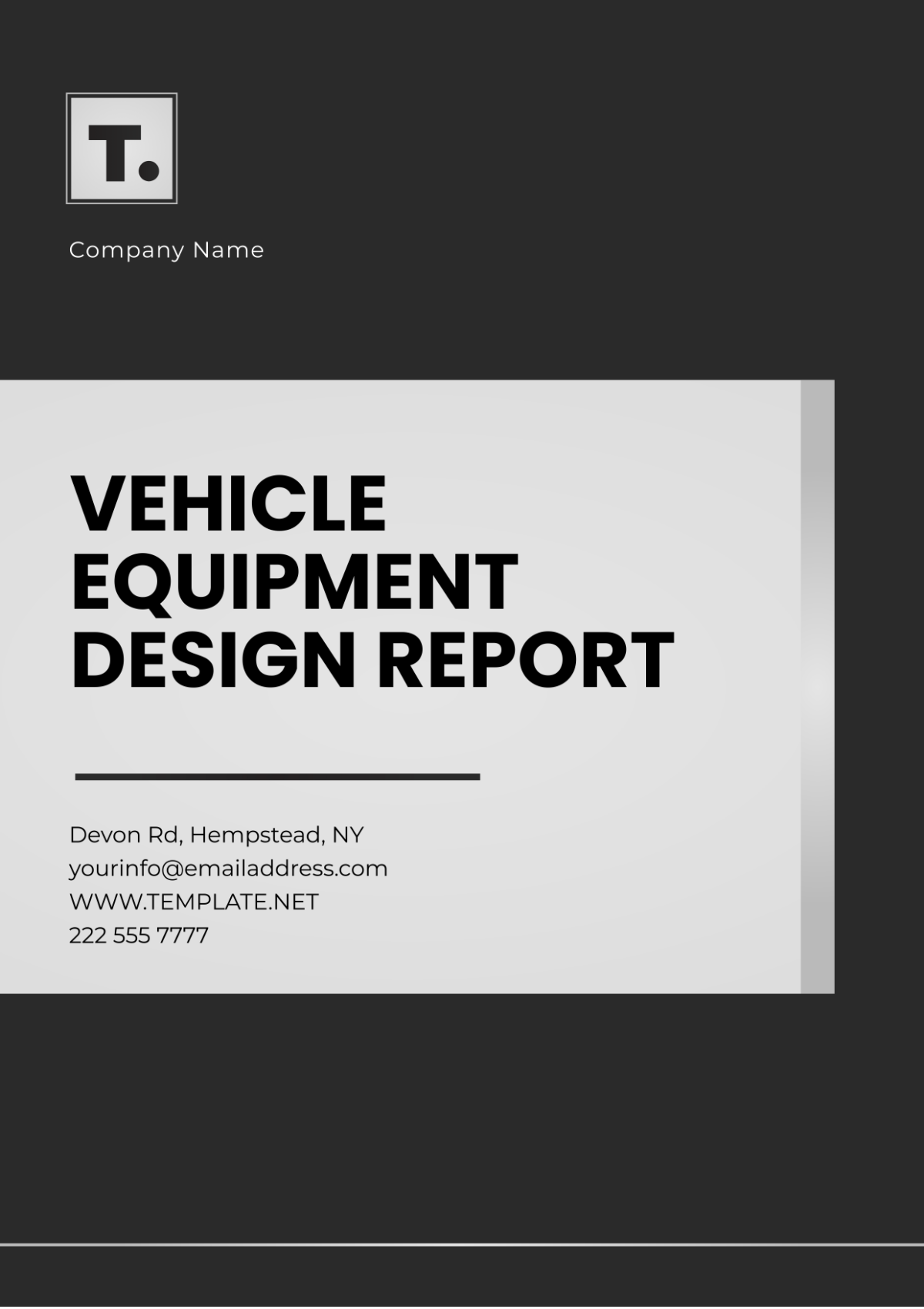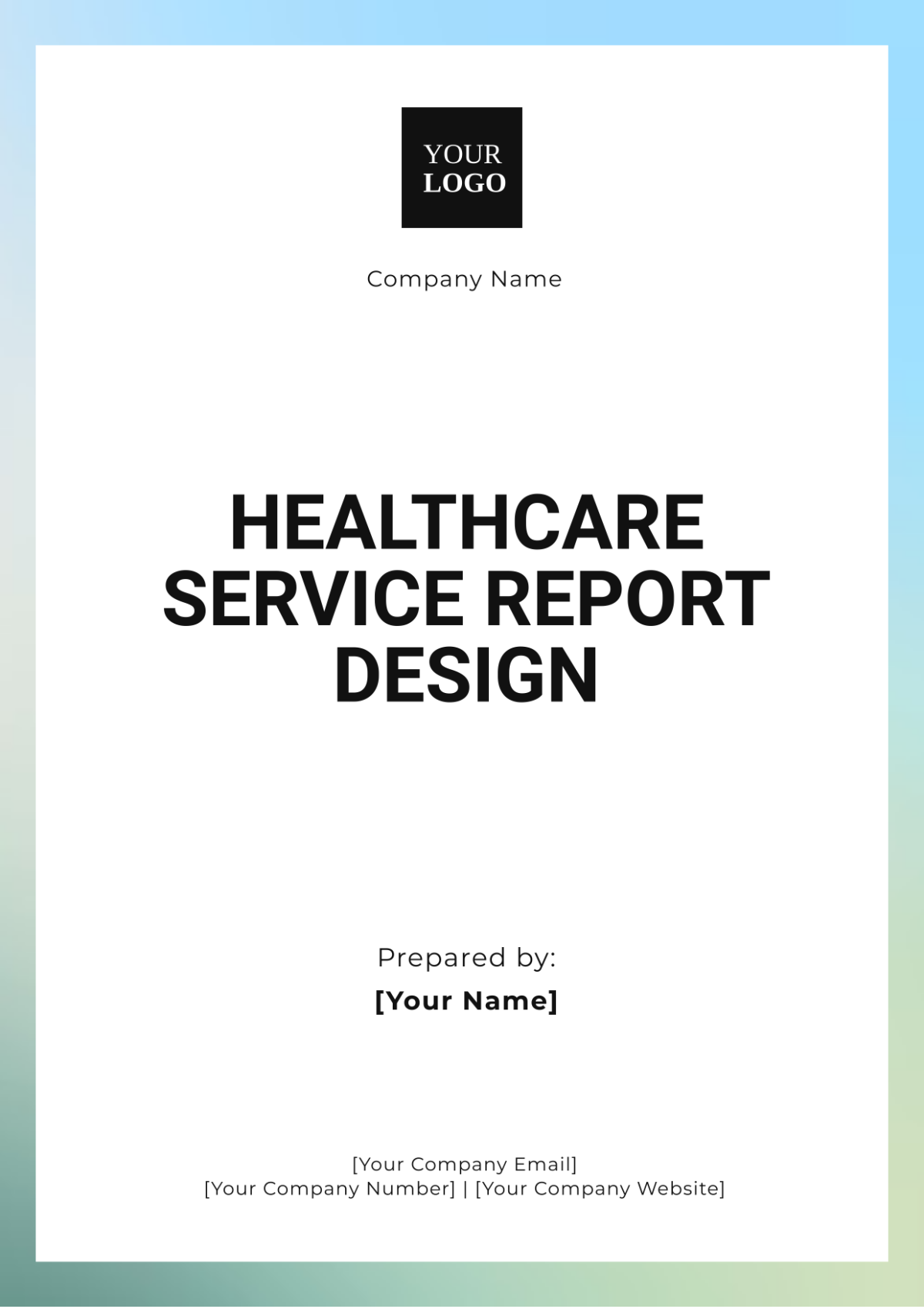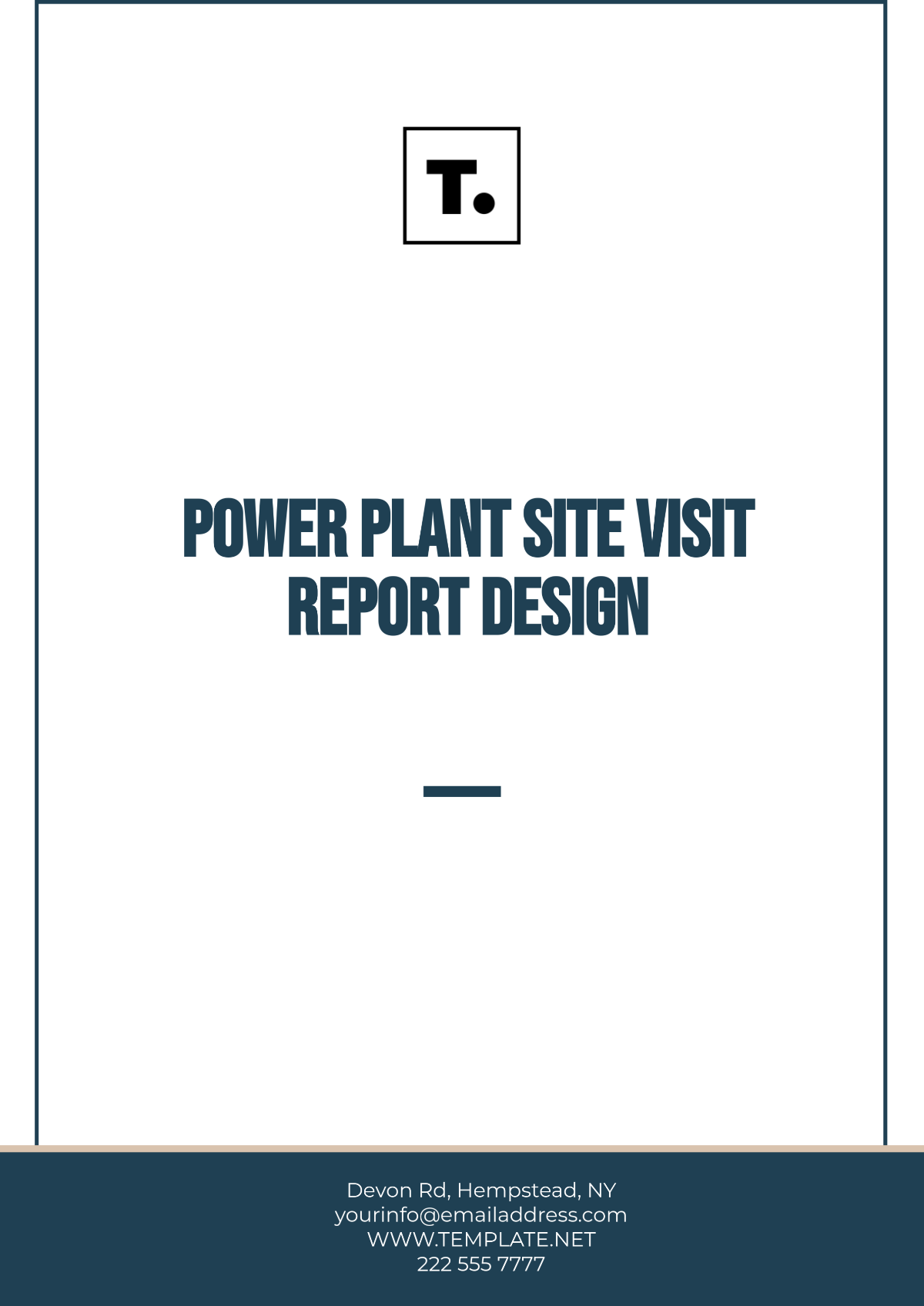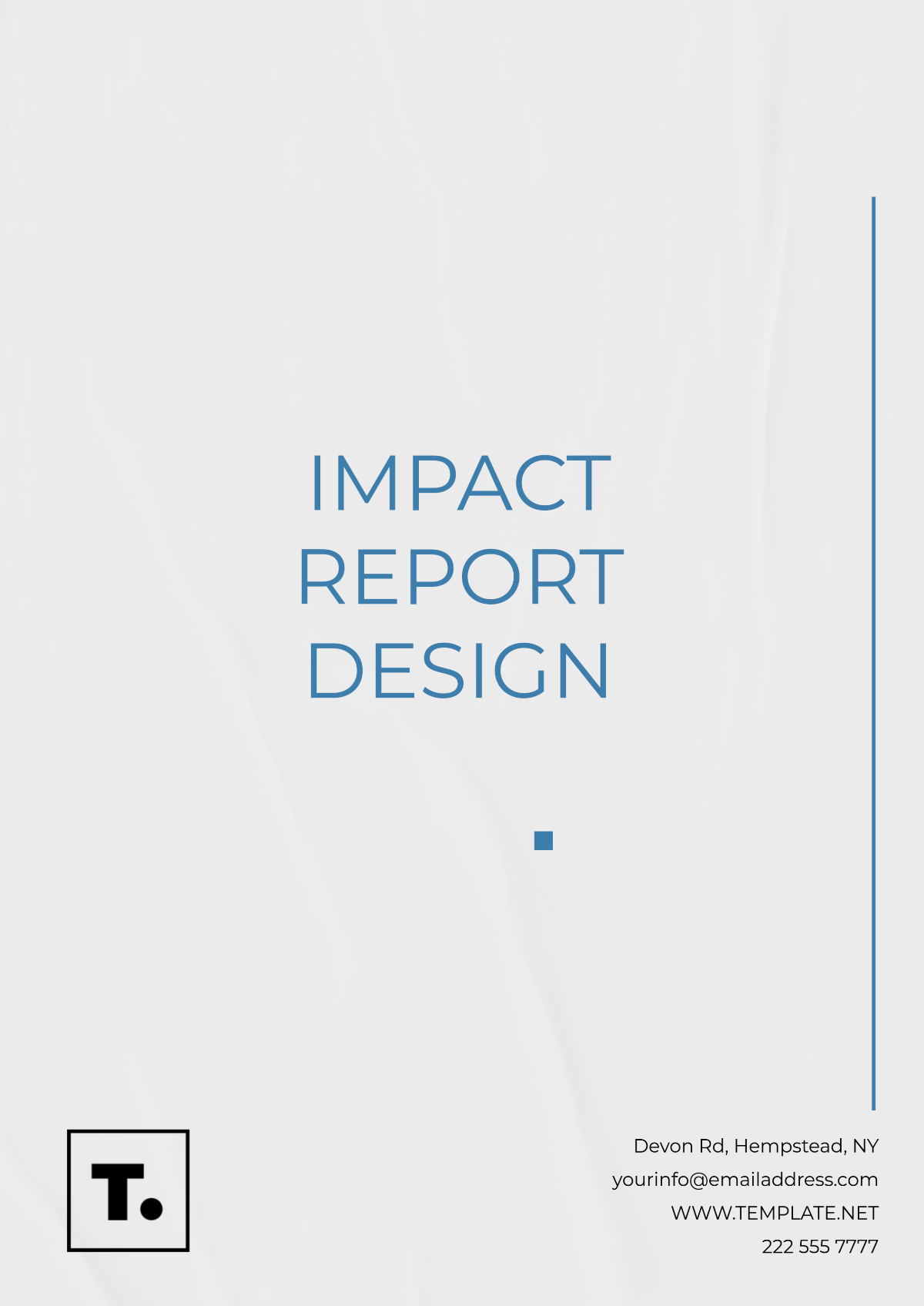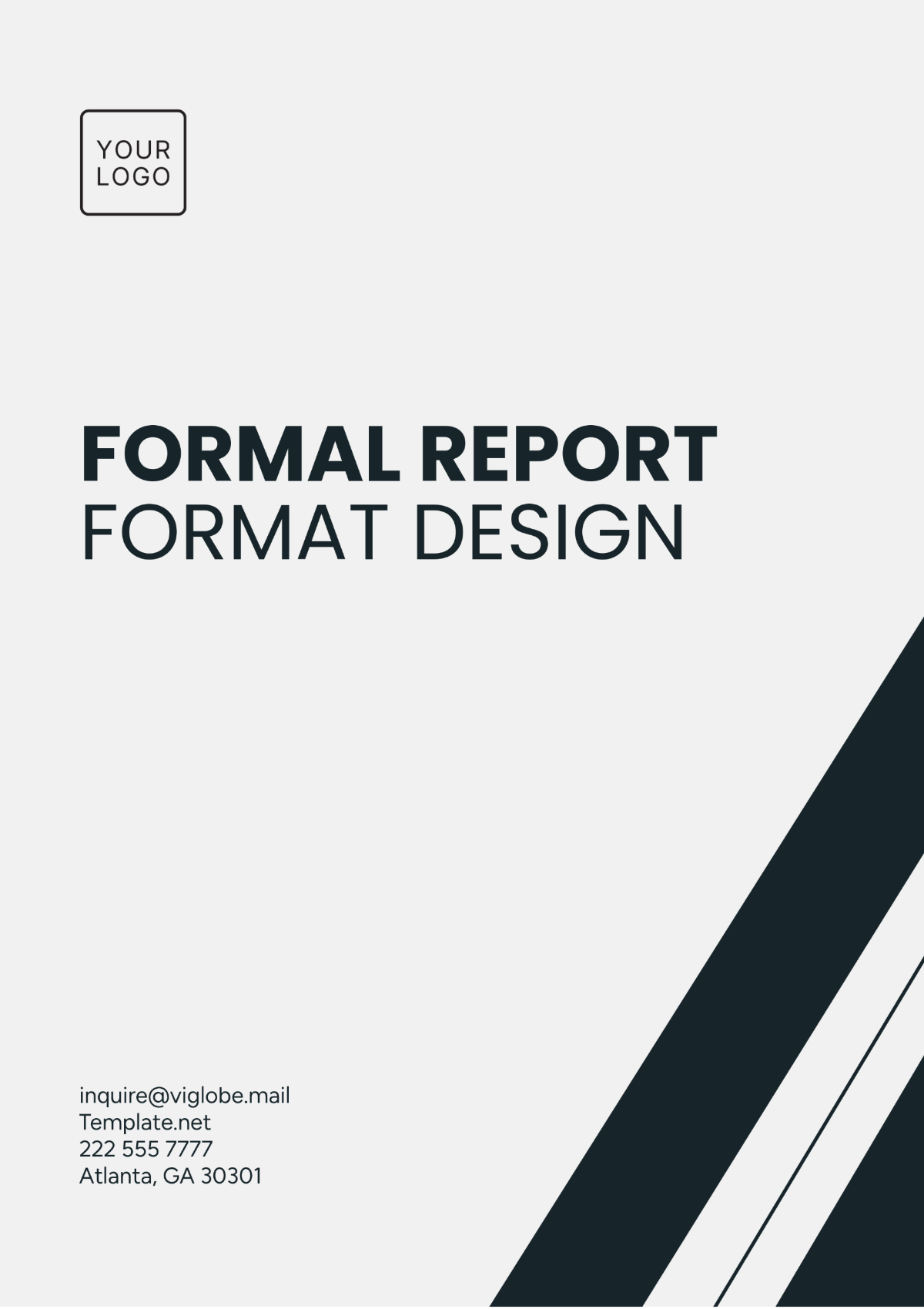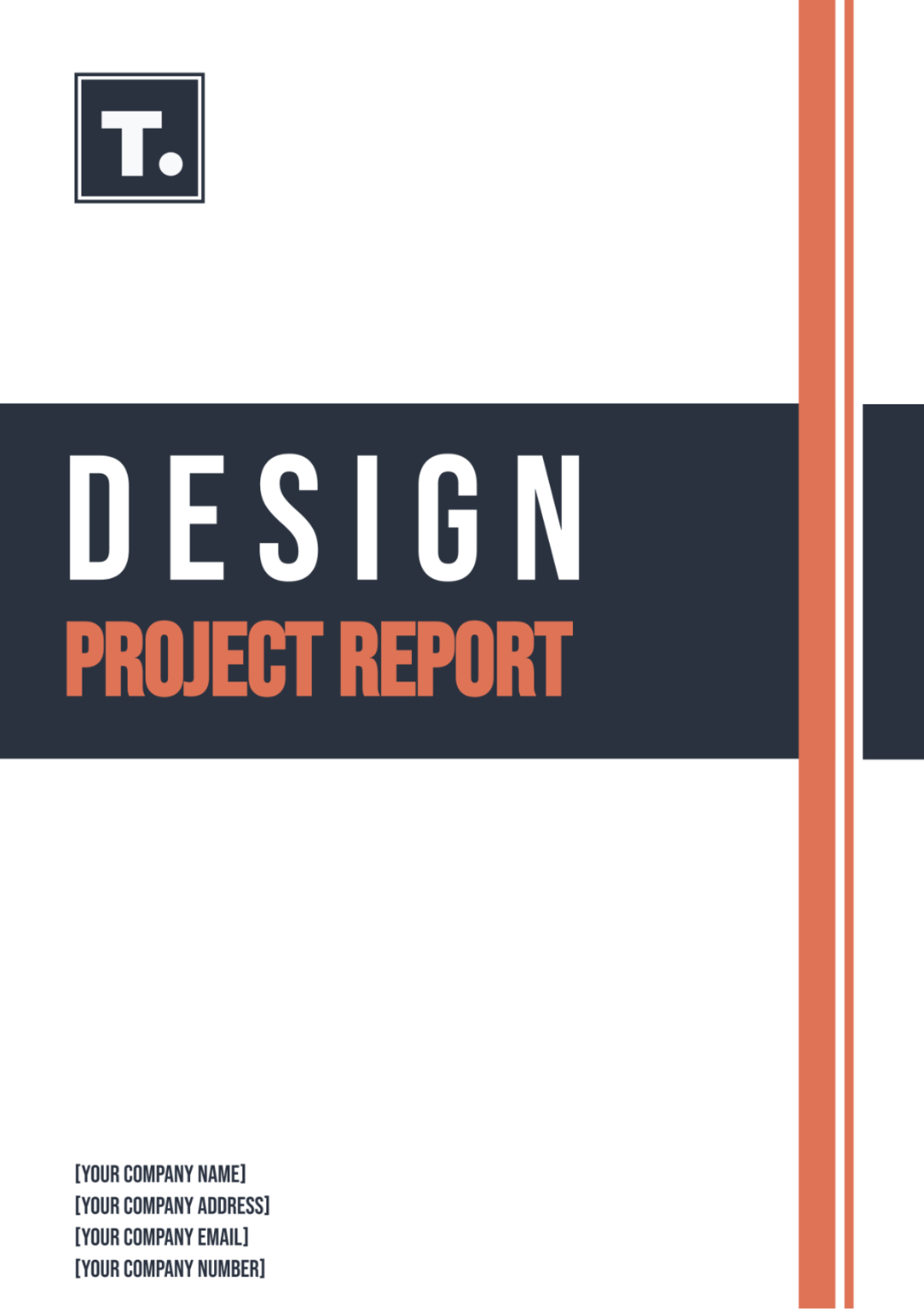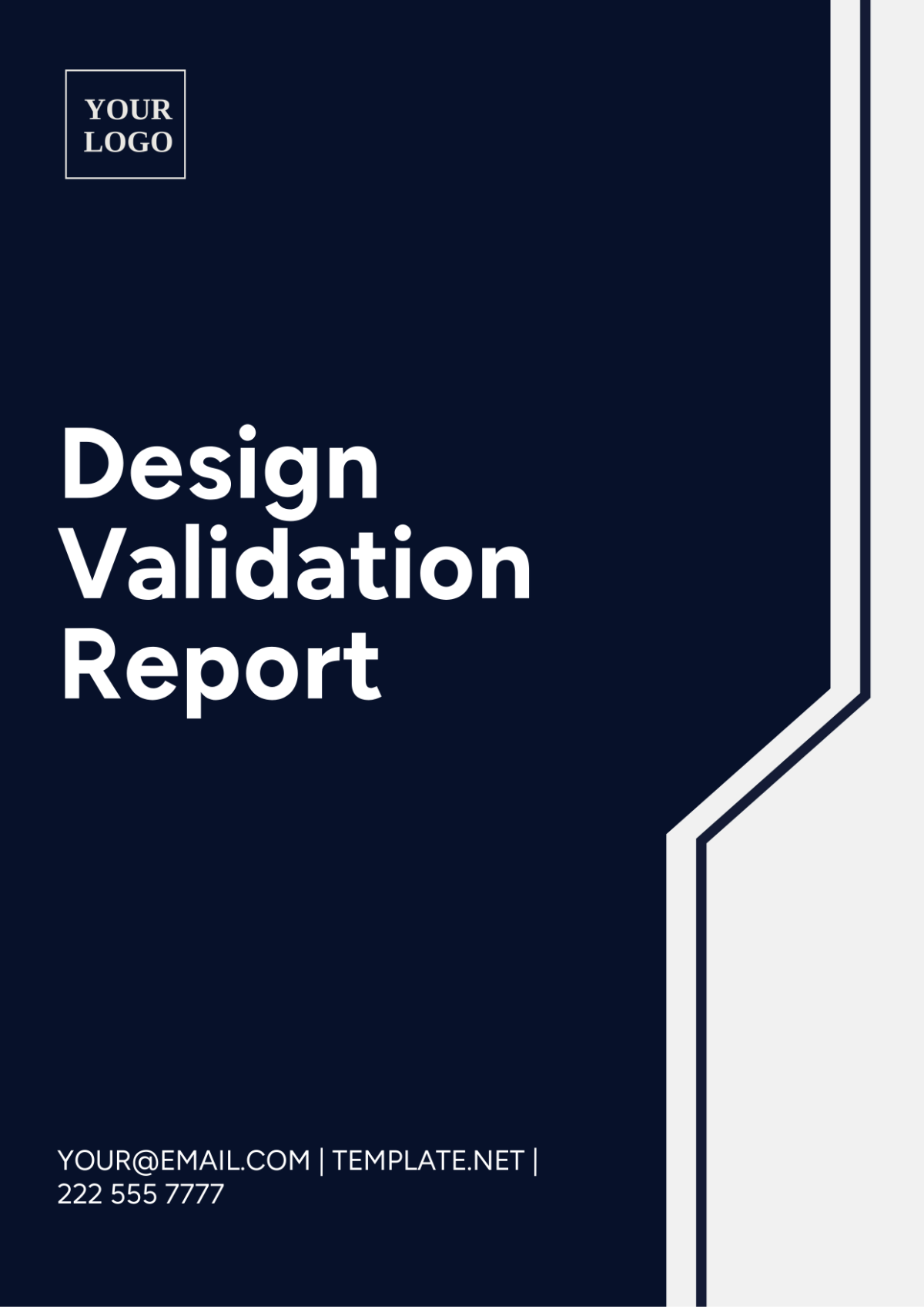Creative Report Outline
I. Title Page
Title of the Report: Project Progress Report
Project Name: Quantum Energy Grid Development
Date: August 2050
Prepared By: [YOUR COMPANY NAME]
Prepared For: Global Energy Consortium
II. Executive Summary
Overview: The Quantum Energy Grid Development project aims to revolutionize energy distribution by integrating quantum computing with existing grid infrastructure. This report provides an update on progress made from May 2050 to August 2050.
Key Achievements: Successfully completed the prototype of the quantum node, and initiated the first phase of grid integration.
Current Status: The project is on track, with most tasks proceeding according to schedule. Minor delays were encountered in the testing phase, but mitigation strategies have been implemented.
Next Steps: Focus on expanding the prototype testing and preparing for full-scale deployment in Q4 2050.
Challenges and Risks: The primary challenge has been ensuring compatibility between quantum nodes and existing infrastructure, which has been addressed through additional testing.
III. Project Overview
Project Background: This project aims to enhance energy distribution efficiency and reliability by leveraging quantum computing technologies to create a next-generation smart grid.
Scope of Work: The project includes the development of quantum nodes, integration with the existing energy grid, and deployment across three pilot cities by the end of 2050.
Team Members:
Project Manager: Alex Navarro
Lead Engineer: Dr. Maya Lee
Quantum Computing Specialist: Dr. Julian Ross
Infrastructure Coordinator: Samira Patel
IV. Milestones and Deliverables
Milestone Summary Table
Milestone | Planned Completion Date | Actual Completion Date | Status |
|---|---|---|---|
Quantum Node Prototype | June 2050 | July 2050 | Completed |
Initial Grid Integration | August 2050 | August 2050 | Completed |
Phase 1 Testing | September 2050 | In Progress | On Track |
Full-Scale Deployment Preparation | November 2050 | TBD | Upcoming |
Deliverables:
Completed the quantum node prototype and documentation.
Delivered a comprehensive report on grid integration challenges and solutions.
Achievements:
Prototype passed all functional tests.
Integration phase began with minimal disruptions.
V. Current Status
Task Progress:
Quantum Node Development: 100% complete.
Integration with Existing Grid: 80% complete.
Testing: 50% complete.
Budget Status:
Total Budget: $150 million
Expenditure to Date: $85 million
Variance: +$5 million (under budget due to cost-saving in procurement)
Resource Allocation: Resource allocation has been adjusted to focus more on the integration phase, with additional quantum computing specialists brought in to expedite the process.
VI. Challenges and Issues
Key Challenges:
Quantum Node Compatibility: Ensuring seamless communication between quantum nodes and traditional grid infrastructure was more complex than anticipated.
Supply Chain Delays: Minor delays in receiving critical components.
Impact Assessment:
The compatibility issue had the potential to delay the project by two months; however, early identification allowed for rapid mitigation.
Mitigation Strategies:
Allocated additional testing resources to resolve compatibility issues.
Established alternative suppliers to prevent future delays.
Issue Log:
Issue | Date Identified | Current Status | Resolution |
|---|---|---|---|
Node-Grid Compatibility Issue | July 2050 | Resolved | Additional Testing |
Component Supply Delay | June 2050 | Ongoing | Alternative Suppliers Secured |
VII. Risks and Mitigation Plans
Risk Assessment:
Integration Failure: Medium risk due to complexity.
Budget Overrun: Low risk, currently under budget.
Risk Impact:
Integration Failure: Could delay full deployment by up to three months.
Budget Overrun: Minor impact, but closely monitored.
Mitigation Strategies:
Conducted additional integration tests and developed contingency plans for phased deployment.
Risk Register:
Risk | Likelihood | Impact | Mitigation Strategy |
|---|---|---|---|
Integration Failure | Medium | High | Extra Testing, Contingency Plan |
Budget Overrun | Low | Medium | Cost Monitoring, Resource Reallocation |
VIII. Next Steps
Upcoming Milestones:
Complete Phase 1 Testing by September 2050.
Begin preparations for full-scale deployment in November 2050.
Planned Activities:
Finalize testing and start training grid operators on the new system.
Secure all necessary approvals for the next phase of deployment.
Resource Needs:
Additional testing equipment to accelerate the final testing phase.
Adjustments:
The project timeline has been adjusted to allow for extended testing, ensuring stability during deployment.
IX. Conclusion
Summary: The Quantum Energy Grid Development project is on track, with significant progress made in both development and integration phases. Challenges have been managed effectively, and the project remains within budget. The next steps involve completing testing and preparing for full-scale deployment.
Final Remarks: Continued focus on risk management and timely communication with stakeholders will be key to ensuring the project's success.
X. Appendices
Supporting Documents:
Quantum Node Technical Specifications
Grid Integration Report
Detailed Charts and Graphs:
Task Progress Gantt Chart
Budget vs. Actual Expenditure Graph
Contact Information:
Project Manager: Alex Navarro
Lead Engineer: Dr. Maya Lee


